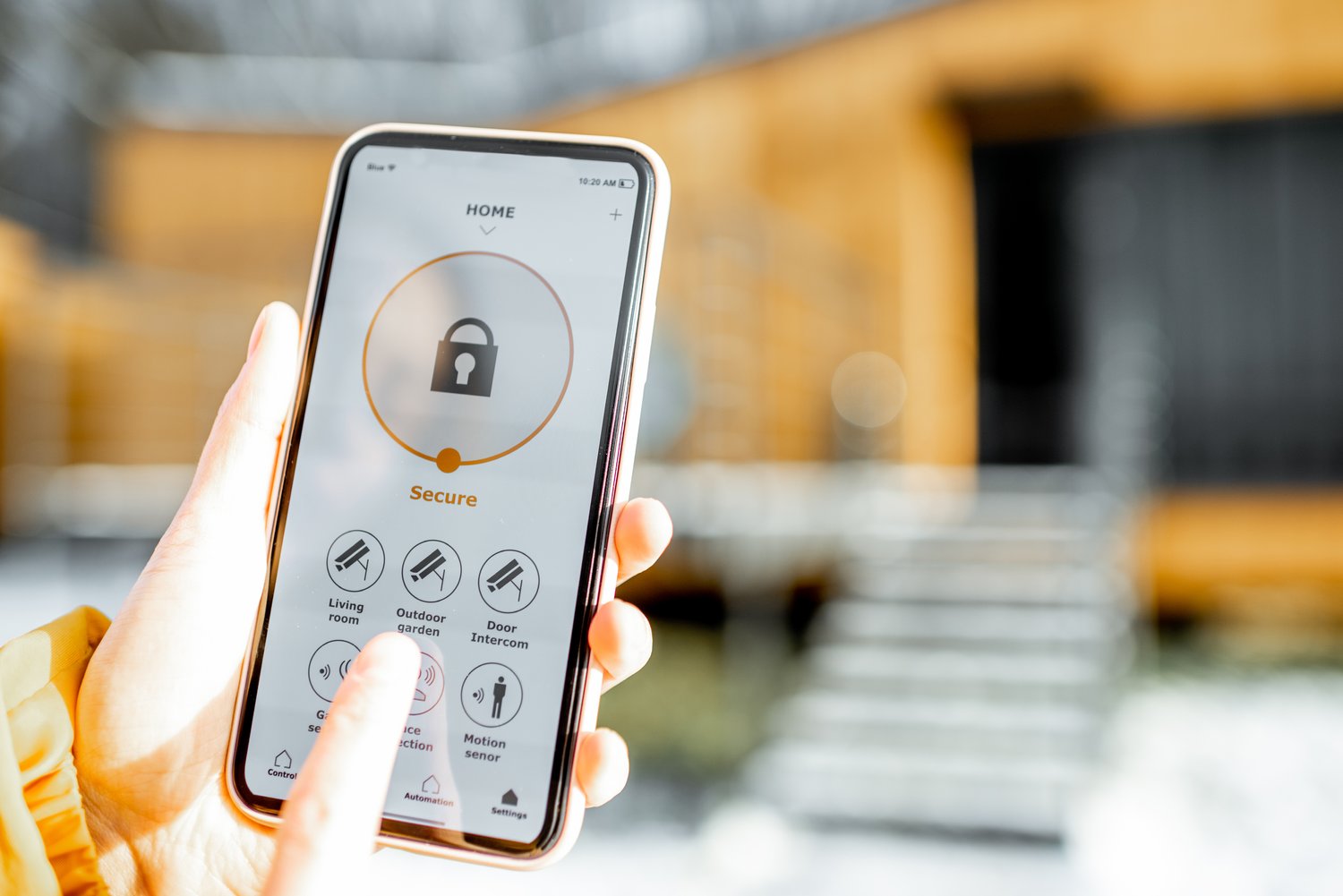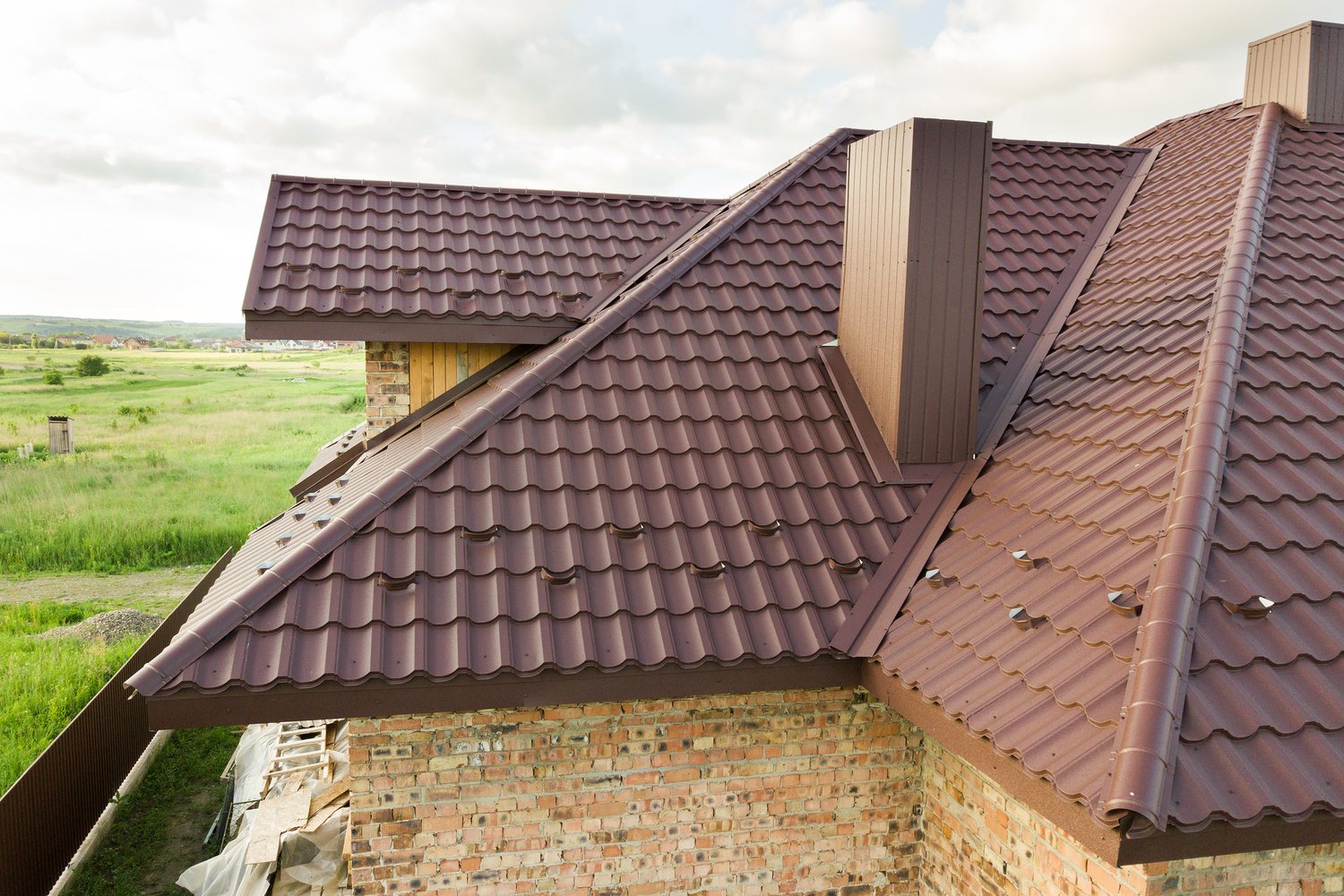Creating a safe and secure home environment requires attention to detail and regular maintenance. This comprehensive family safety guide covers essential aspects of home protection, from basic security measures to emergency preparedness. By following this home safety checklist, you can significantly reduce risks to your property and loved ones. The peace of mind that comes from knowing you’ve taken proper precautions to protect your home is invaluable, especially in today’s world where safety concerns continue to evolve.
Exterior Security Measures
Your home’s first line of defense begins at its perimeter. Start by examining all exterior doors to ensure they’re made of solid materials like metal or solid wood and feature secure hinges that cannot be easily tampered with. Deadbolt locks offer superior protection compared to spring-latch locks, so consider upgrading if necessary. All windows should have functioning locks, and ground-level windows might benefit from security film or bars for additional protection. Motion-sensor lighting around the property perimeter serves as an excellent deterrent, illuminating potential intruders and eliminating hiding spots.
Landscaping also plays a crucial role in home security tips implementation. Keep bushes and trees trimmed, especially near windows and entryways, to eliminate potential hiding places. Consider planting thorny shrubs beneath windows as a natural deterrent. Additionally, if you have a garage, always keep the door closed and locked, even when you’re home, as open garages often invite opportunistic theft and provide easy access to the rest of your home.
Smart Home Security Systems
Modern technology offers unprecedented opportunities to protect your home through integrated security systems. A comprehensive system typically includes door and window sensors, motion detectors, security cameras, and a central control panel. Many systems now connect to smartphones, allowing you to monitor your property remotely and receive real-time alerts. Some advanced options include glass-break sensors, environmental monitors for smoke or carbon monoxide, and even water leak detectors.
When selecting a security system, consider whether you prefer professional monitoring or self-monitoring. Professional services offer 24/7 oversight and emergency response coordination but come with monthly fees. Self-monitored systems rely on you to respond to alerts and contact authorities if necessary. Whichever route you choose, visible security system signage serves as a powerful deterrent. Studies consistently show that homes with security systems are significantly less likely to be targeted by burglars, making this investment a cornerstone of any home safety checklist.
Fire Safety Essentials
Fire presents one of the most devastating threats to home safety. Install smoke detectors on every level of your home, inside each bedroom, and outside sleeping areas. Test these devices monthly and replace batteries annually or when the low-battery alert sounds. Carbon monoxide detectors are equally important, particularly near sleeping areas and heating appliances. These silent killers require specialized detection equipment since the gas is odorless and invisible.
Every home should have fire extinguishers accessible on each floor, particularly in the kitchen and garage where fires commonly start. Ensure family members know how to operate them using the PASS technique: Pull the pin, Aim at the base of the fire, Squeeze the handle, and Sweep from side to side. As recommended by AskHomey, creating and practicing a family fire escape plan is essential, with designated meeting points outside the home and multiple exit routes from each room. This preparation can make all the difference during an emergency.
Child and Senior Safety Considerations
Homes with children or elderly family members require additional safety measures. For households with young children, secure furniture to walls to prevent tipping, install safety gates at stairways, and use cabinet locks for areas containing chemicals or medications. Window guards and cord winders for blinds prevent fall and strangulation hazards. Outlet covers should protect unused electrical outlets throughout the home.
For seniors, focus on fall prevention by removing tripping hazards like loose rugs and installing grab bars in bathrooms. Consider upgrading to lever-style door handles which are easier to operate than traditional doorknobs. Emergency response systems with wearable buttons can provide quick access to help if needed. These specialized considerations ensure your family safety guide addresses the unique needs of all household members.
Regular Maintenance and Inspections
A critical aspect of home protection involves regular inspection and maintenance. Examine your roof annually for damaged shingles or leaks. Check gutters and downspouts to ensure proper drainage away from your foundation. Test GFCI outlets in kitchens, bathrooms, and outdoor areas monthly. Inspect your home’s foundation for cracks and address them promptly to prevent water intrusion and structural issues.
Electrical systems require vigilance as well. Watch for warning signs like frequently tripped breakers, flickering lights, or warm outlets which could indicate dangerous problems. Have your heating system professionally serviced annually before cold weather arrives. These routine maintenance tasks not only protect your home from damage but also help identify security vulnerabilities before they can be exploited.
For more tips and to connect with reliable home service professionals, follow AskHomey on Facebook and Instagram.



